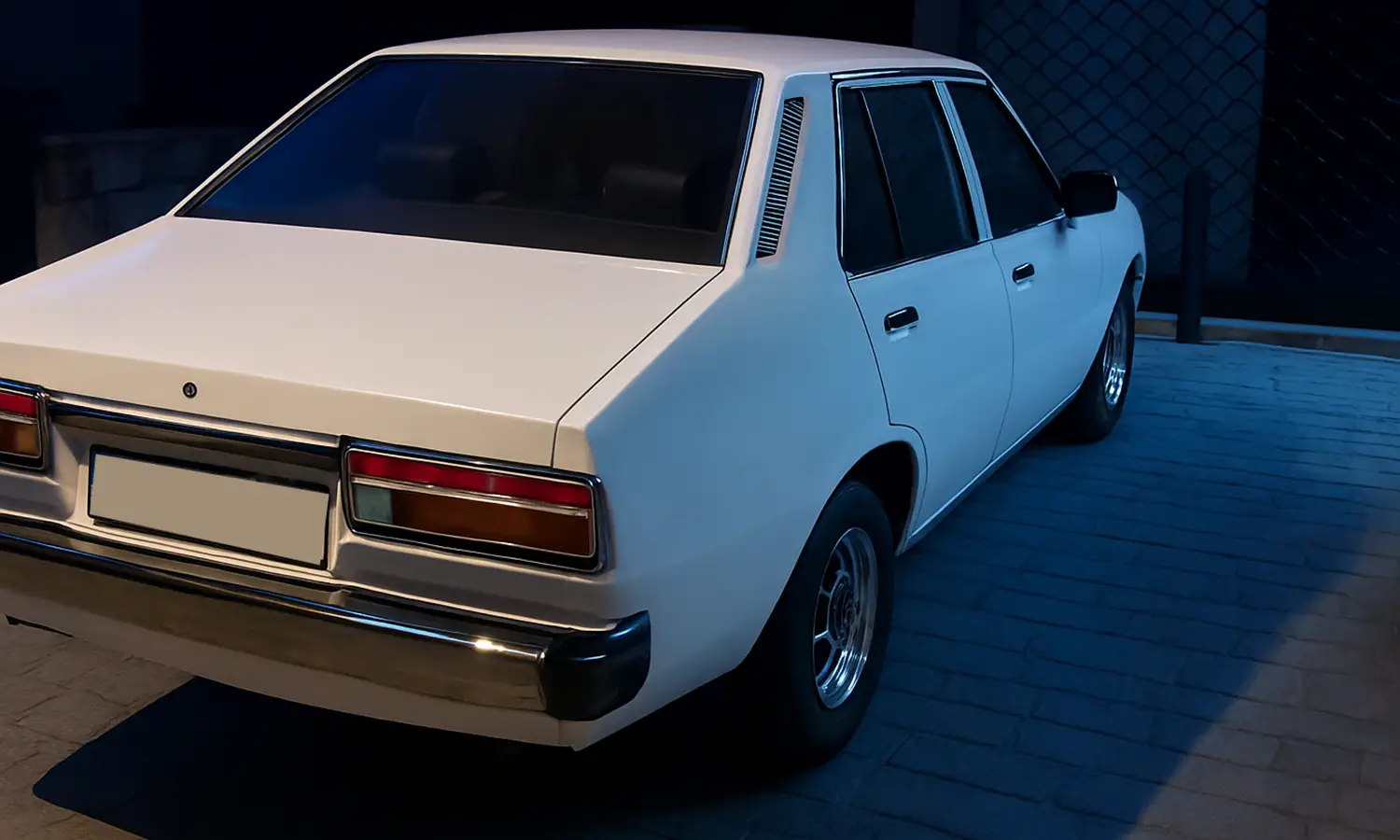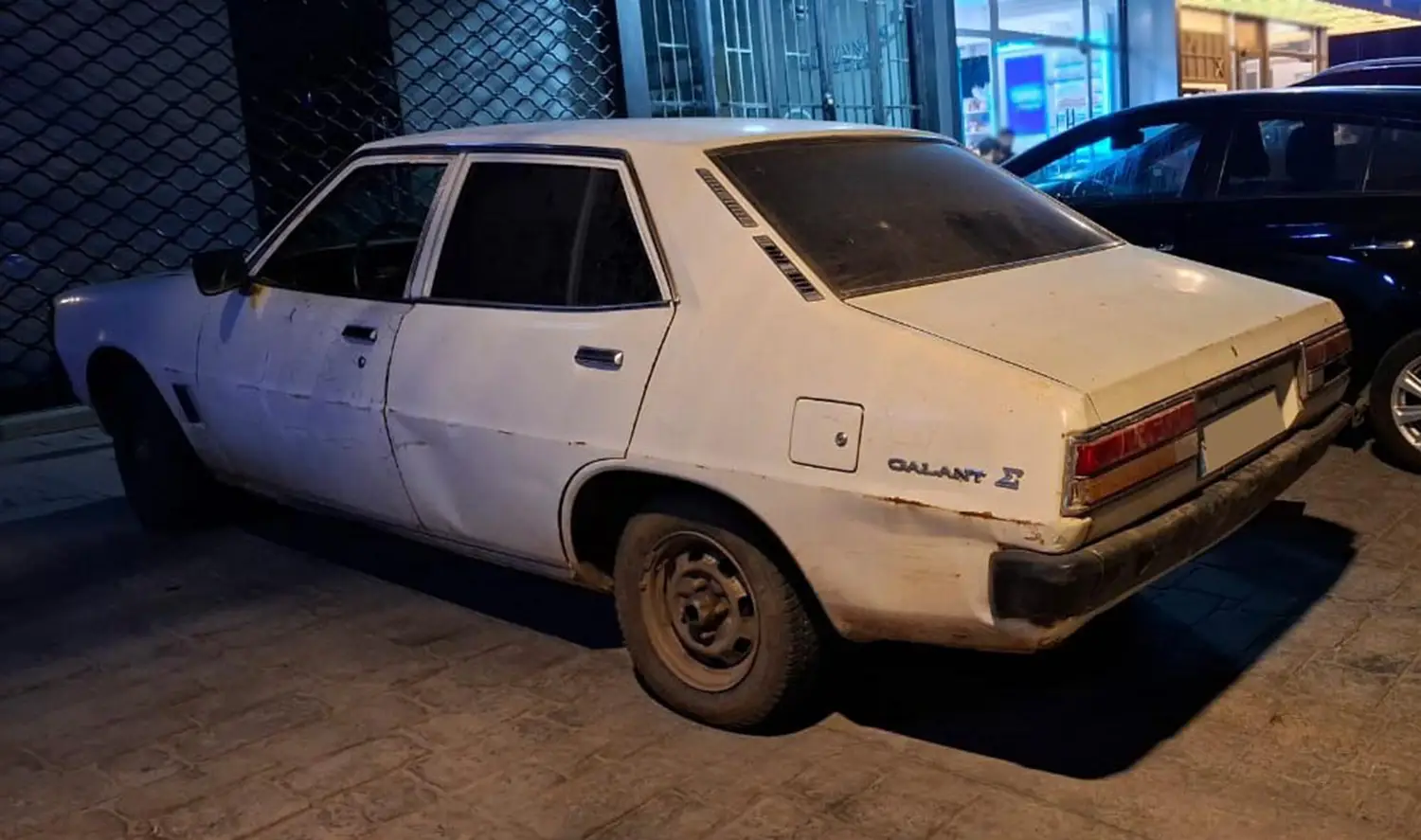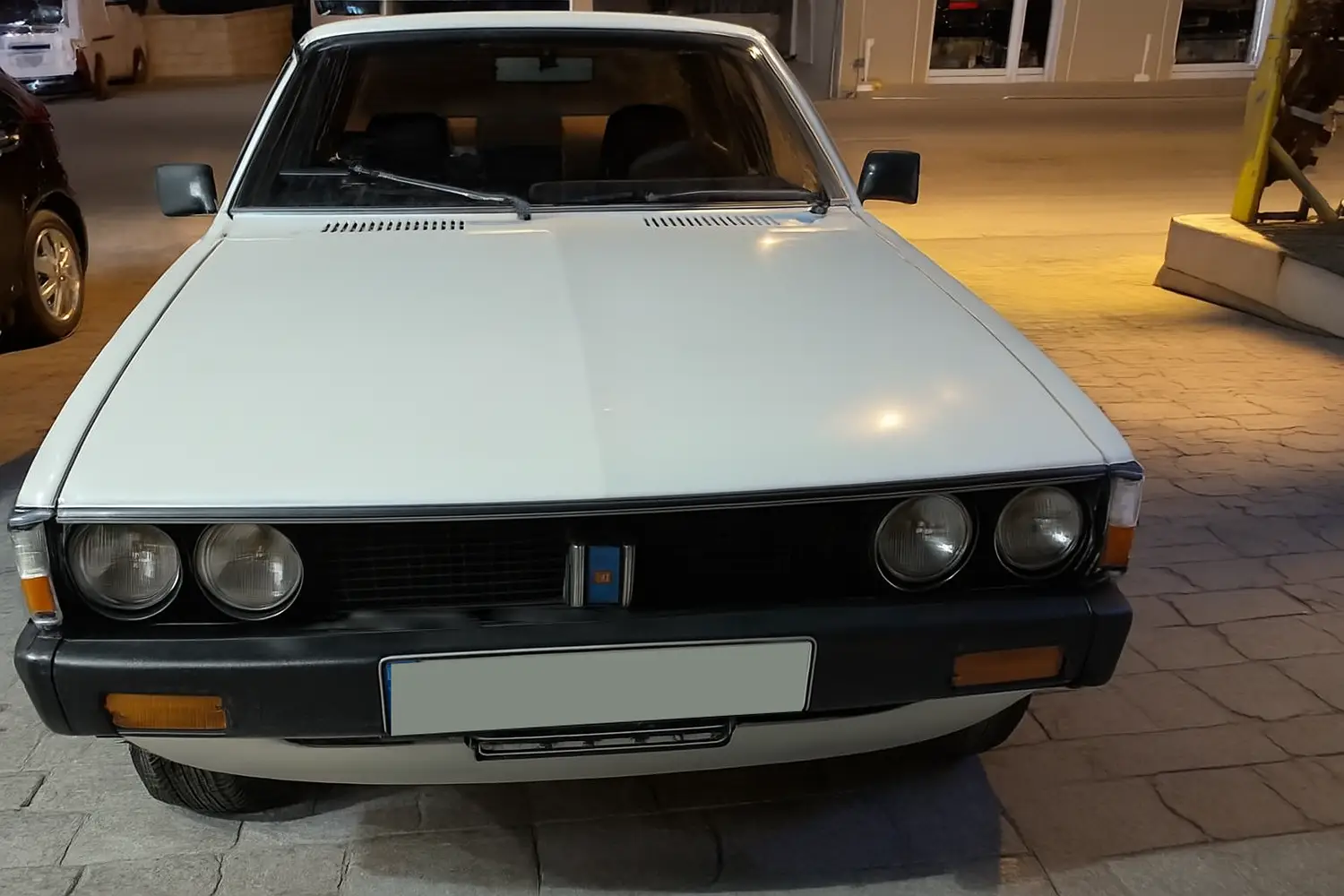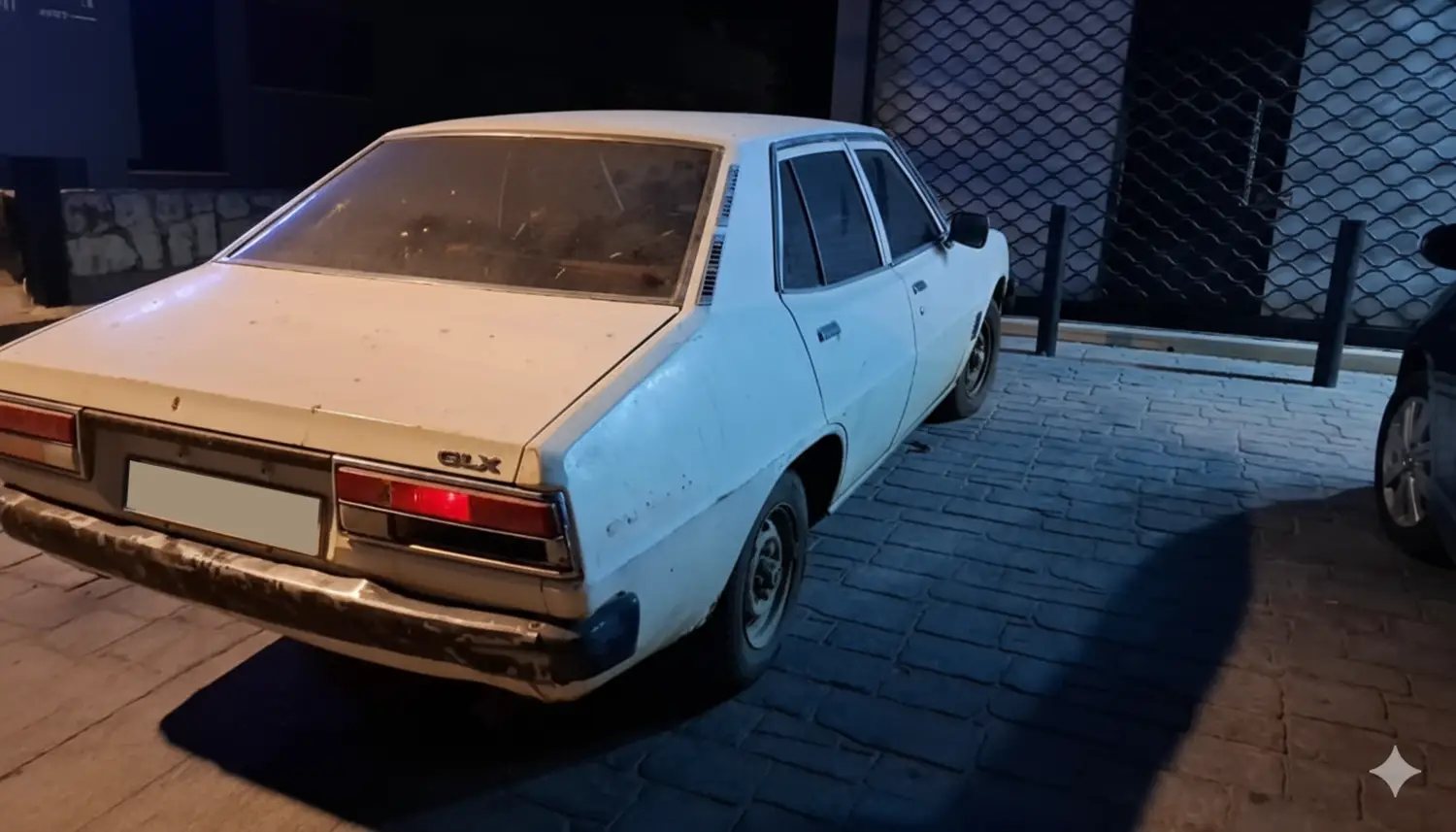
The Third Generation Mitsubishi Galant Sigma sedan debuted in 1976, running through approximately 1980. This car marked a key phase in Mitsubishi’s compact vehicle evolution. Known as the Galant Sigma, Colt Sigma, or Chrysler Sigma in various markets, it adopted a tough rear-wheel-drive layout. The model successfully combined design cues of sedan, wagon, and luxury variations, depending on the destination country.
“Dynawedge” Design and Platform Evolution
The Galant $\Sigma$ rode on a 2,515 mm wheelbase, offering a stable road presence. It measured about 4,330 mm in length and 1,655 mm in width overall. Body styles included the initial four-door sedan, with a station wagon added later in many regions. Notably, a distinct two-door coupe version, the Lambda, shared many components. The platform used a front longitudinal engine sending power directly to the rear wheels. This layout provided driving dynamics often preferred in performance cars of that time. Furthermore, it differentiated the Sigma from newer front-wheel-drive compacts.

Engine Choices and Mechanical Highlights
Mitsubishi equipped the Third Generation Mitsubishi Galant Sigma with multiple engine options. These variants matched differing global market requirements and demands. Key options included the 1.6-litre 4G32, the 1.85-litre 4G51, and the 2.0-litre 4G52. A larger 2.6-litre 4G54 unit was also available in some export or localized markets. For instance, the 1.6L model produced roughly 90 PS in its Japanese specification. On the other hand, the potent 2.6L delivered about 114 horsepower for better capability. Transmission choices included four-speed and optional five-speed manuals. A three-speed automatic was also offered, depending entirely on the specific variant and market. The car’s suspension utilized independent front struts. It featured a semi-trailing arm rear layout for improved comfort. Most models had front disc brakes, while rear drums were standard.
Global Market Impact and Diverse Variants
The global reach of the Galant $\Sigma$ was truly impressive and widespread. For example, in New Zealand, Galant Sigma models were locally assembled with various trims. These included the 1.6GL, the 1.85GLX, and the 2.0GLS. Conversely, in Australia, the car was badged as the Chrysler Sigma initially. This lasted until Mitsubishi took over Chrysler Australia’s manufacturing arm. It was there that the powerful, locally-produced 2.6-litre Astron engine gained popularity. In South Africa, the sedan and wagon were successfully sold as the Colt Galant. Updated engines and different trim levels appeared there around 1979. Consequently, export models sometimes had varied power ratings due to local fuel or emission standards.

Heritage and Legacy Spotlight (Auto Icons)
The Third Generation Galant $\Sigma$ holds a special and important place in Mitsubishi’s automotive history. It truly reflects the late 1970s era, when compact sedans were designed for high versatility. They needed to handle everyday family duties, yet feel substantial and dependable. The engineering choices, like rear-wheel drive and multiple engine sizes, guaranteed high versatility. Furthermore, the availability of manual transmissions appealed to a broad driving audience. Many original examples still survive today due to their simple design and robust mechanicals. Classic car communities value the Sigma highly for its honest charm and dependable road manners.
Power, Performance, and Specs Highlight
While this sedan was not marketed as a dedicated sports car, performance was respectable for its class. Higher-trim versions with the 2.0-litre and 2.6-litre engines provided decent torque. Specifically, the 2.0-litre versions, paired with a five-speed manual, gave brisk acceleration. This combination also allowed for relaxed and efficient highway cruising. The larger 2.6-litre model added flexibility and usable low-end torque. This made long-distance travel and light towing highly feasible. Overall, the car delivered a blend of reliability and balanced power.

Summary
The Third Generation Mitsubishi Galant Sigma sedan (1976-1980) stands out due to its diverse global presence and durable mechanics. It successfully offered a solid rear-wheel drive platform and a range of engine choices. These variants perfectly met various international market demands and expectations. Its enduring legacy lives on among classic enthusiasts who appreciate the car’s role. Ultimately, it bridged the gap between sporty design trends and practical, reliable family transport.
Disclaimer: Content on this site is for informational purposes only. Vehicle specs, pricing, and availability may change. Always verify details with official sources before making decisions. Opinions are those of the authors.



